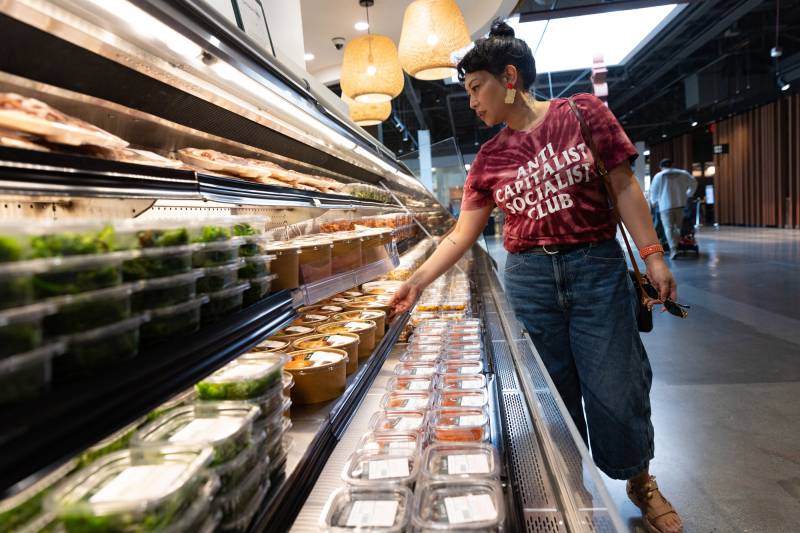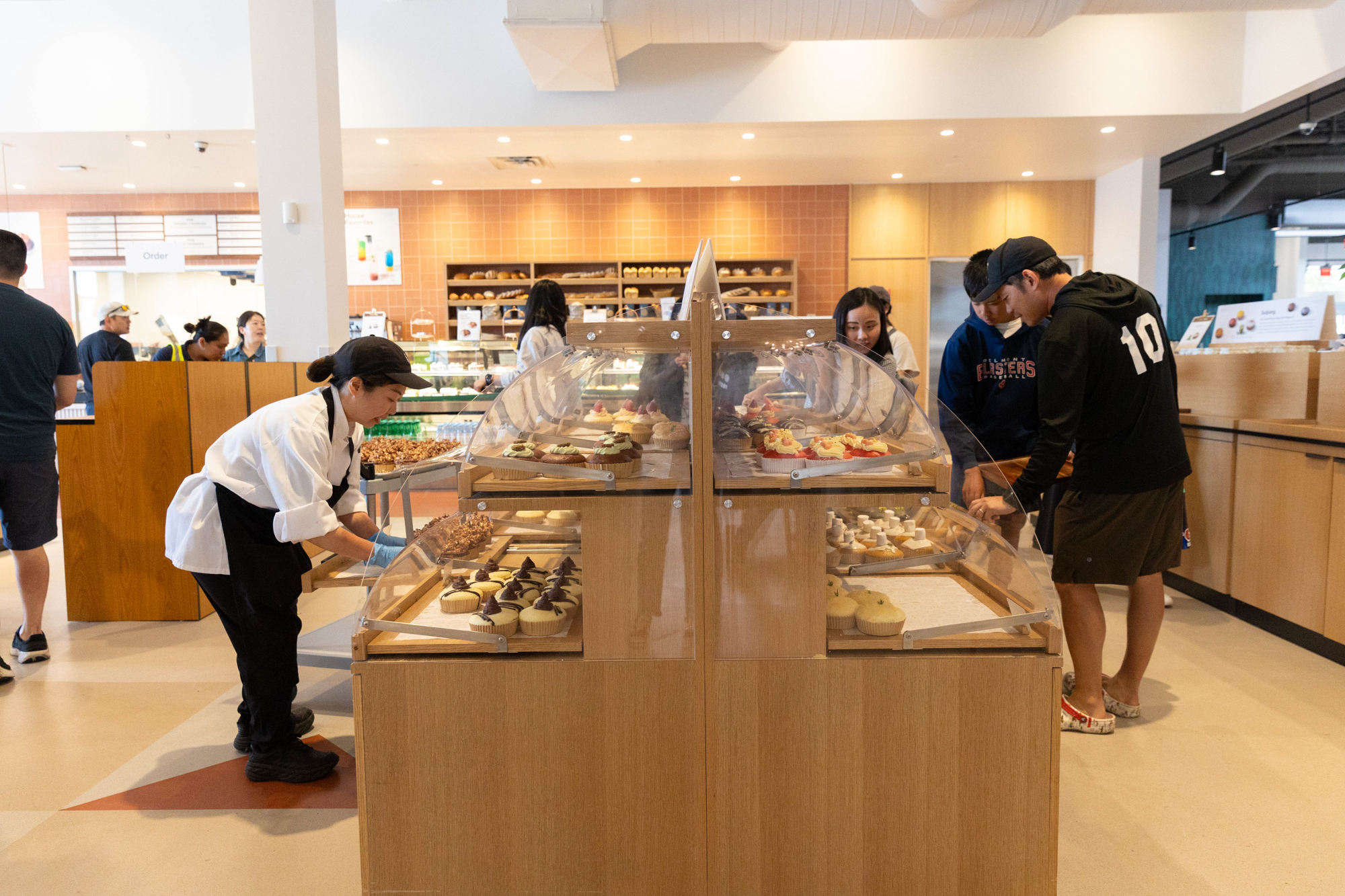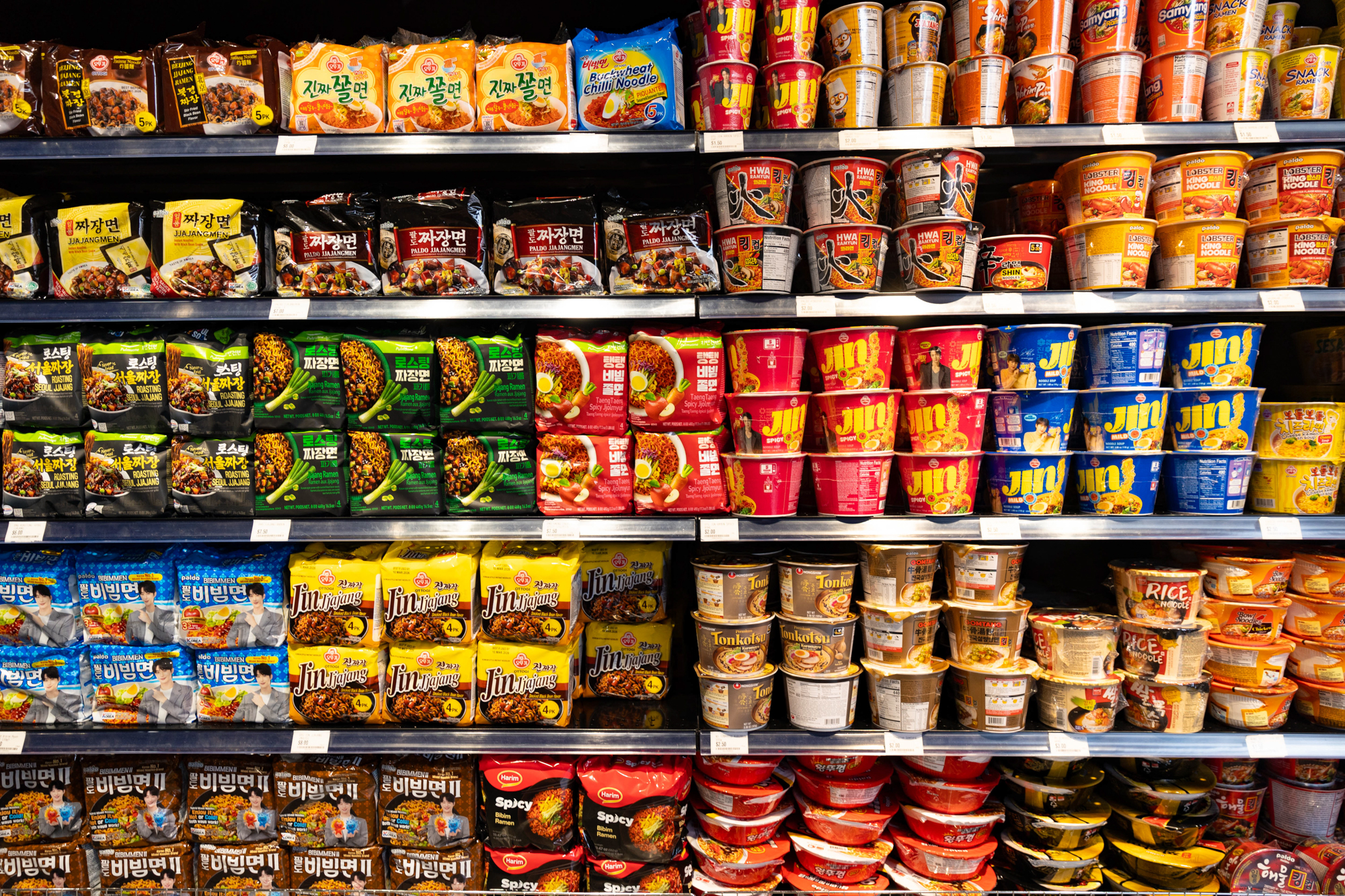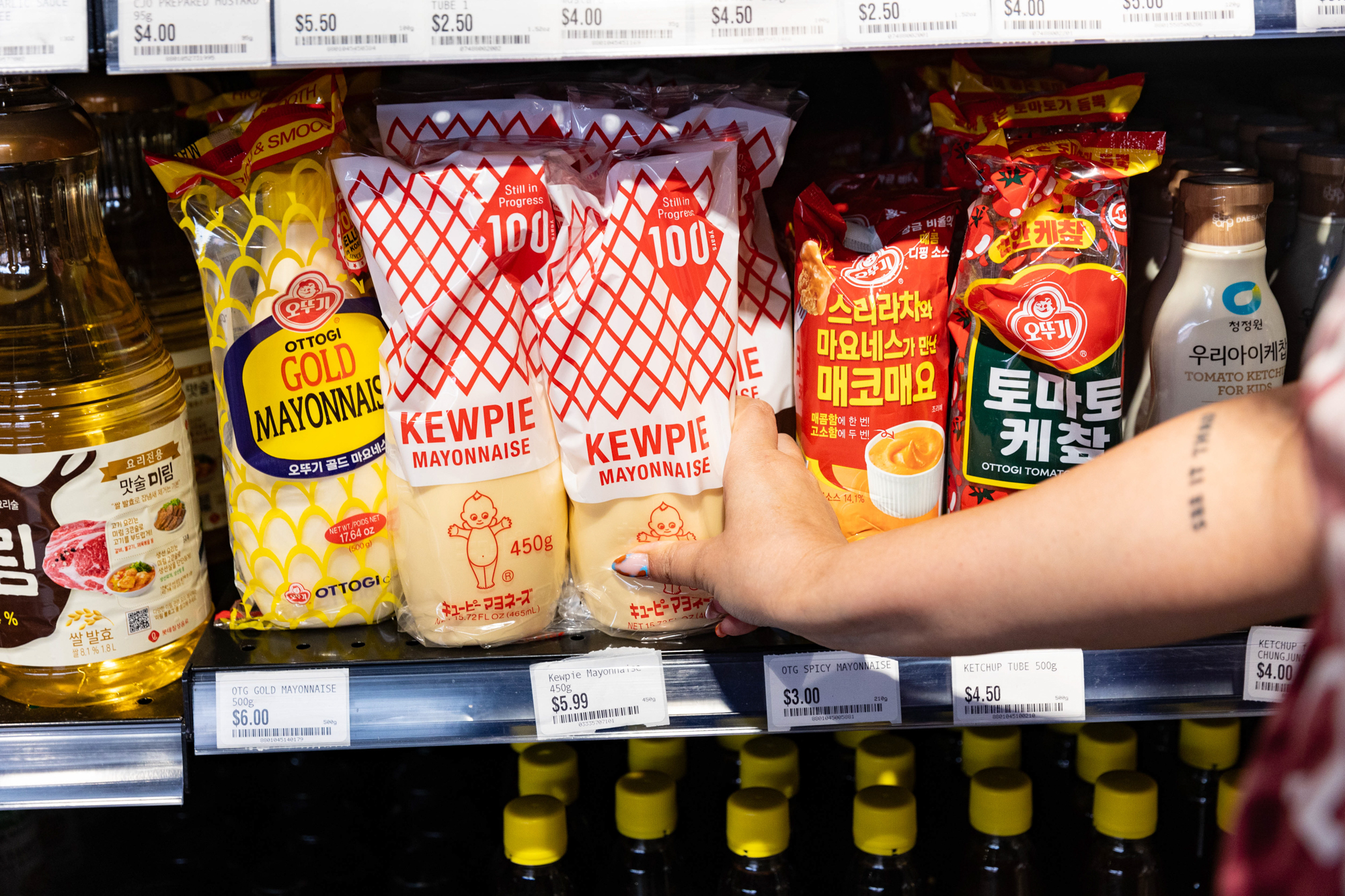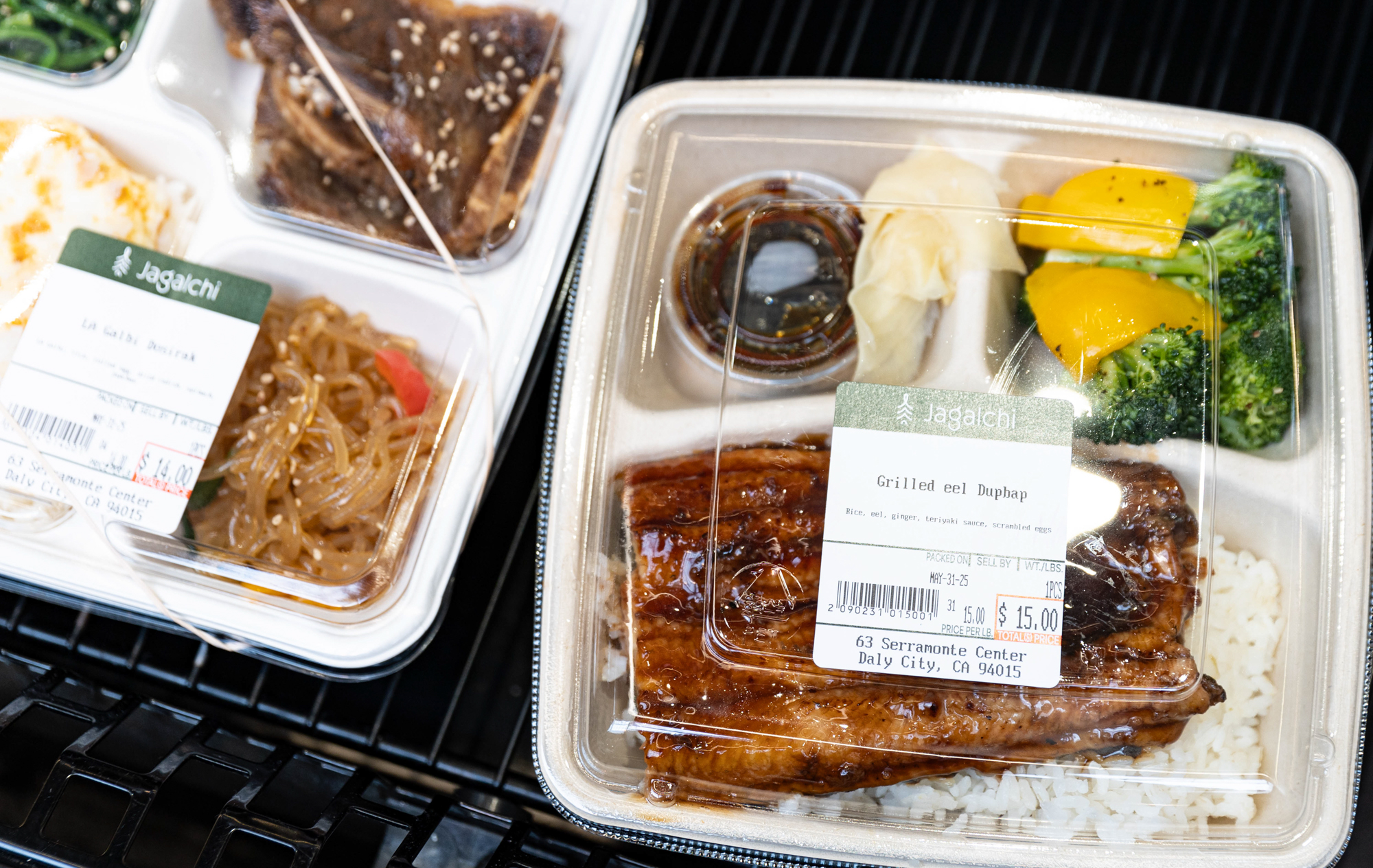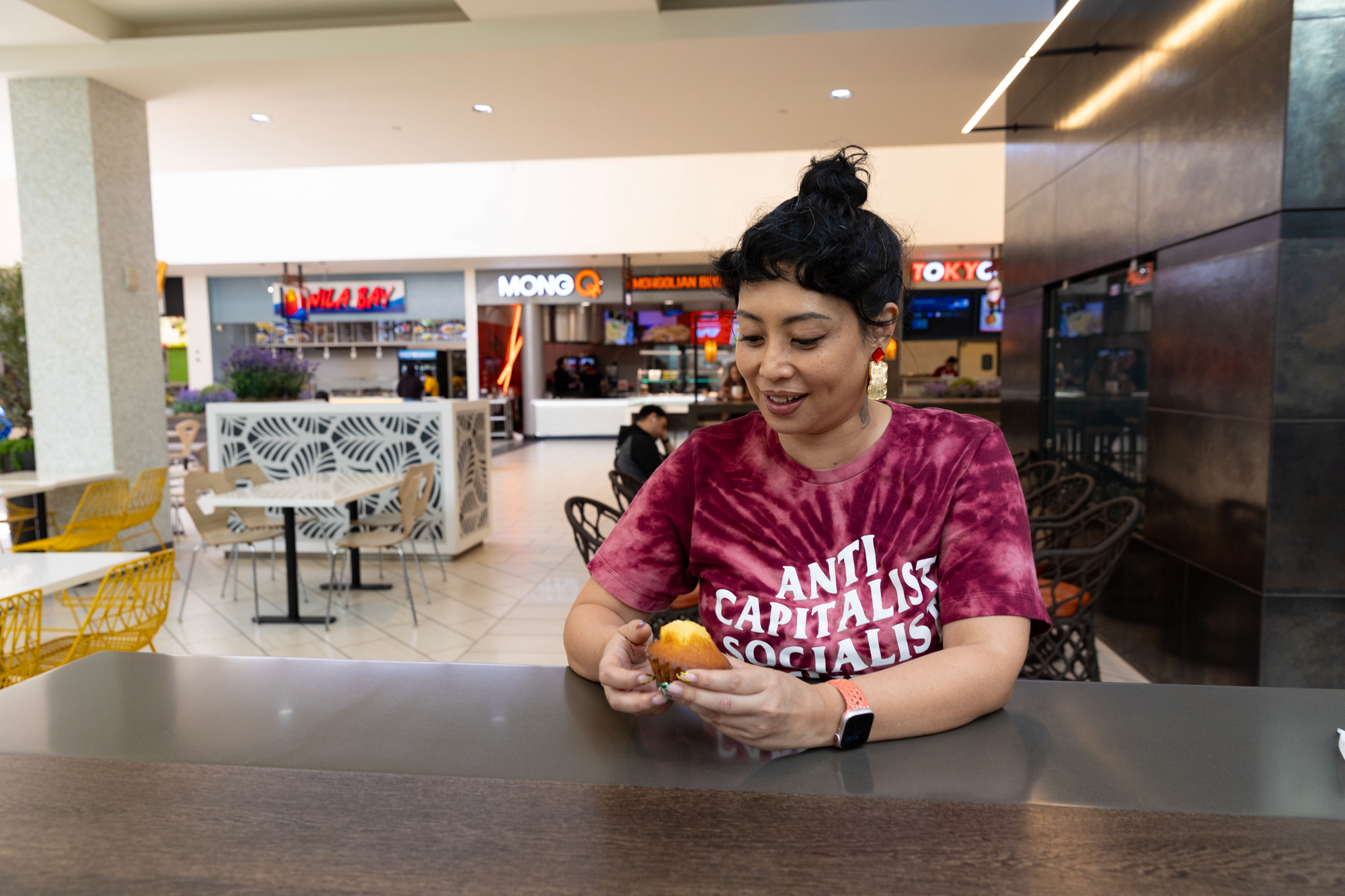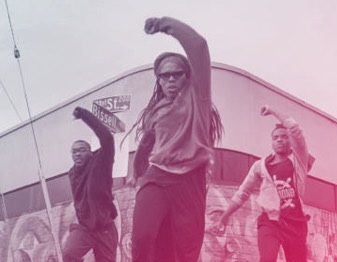F
rom the 1990s golden age of suburban sprawl, one Bay Area mall remains iconic among Filipino Americans: Serramonte Center in Daly City, aka “Serra-Manila.” Throwback to ‘94, when Jocelyn Enriquez dominated 106.1 KMEL airwaves with her freestyle track “I’ve Been Thinking About You” — the first Pinay from my generation to make it on the radio — and Serramonte was the place to go back-to-school shopping, ask for someone’s pager number, or hard-launch a budding romance by simply holding hands in public.
In a time before cell phones and GPS, if you got lost, you always met up at the fountain in the center of the mall, which was so powerful, it gushed up to the skylight like Old Faithful every half hour. During the busy holiday season, it provided a resting place for tired shoppers and grandparents looking to entertain the kids with a shiny nickel and a wish or two.
But nostalgia couldn’t save Serramonte Center. The reality is that malls all over America have been dying for the past 25 years — pummeled by the Great Recession of 2008, mortally wounded by the rise of e-commerce via Amazon. For many of the Bay Area’s struggling malls, the pandemic was their swan song. At Serramonte, when the big box stores like Macy’s and Montgomery Ward started falling like dominoes, it was only a matter of time before the Spencer’s Gifts and Contempo Casuals followed suit. So, for years now, instead of packs of teens roaming the corridors, the mall has sat mostly empty. Its once-popular restaurants, like Pizza and Pipes and Elephant Bar or the nearby Peppermill, fell by the wayside.
In 2017, the owners even hired consultants to redesign the mall based on feng shui principles, replacing the fountain with Zen-like koi ponds and live turtles on lily pads. None of it made much of a difference.
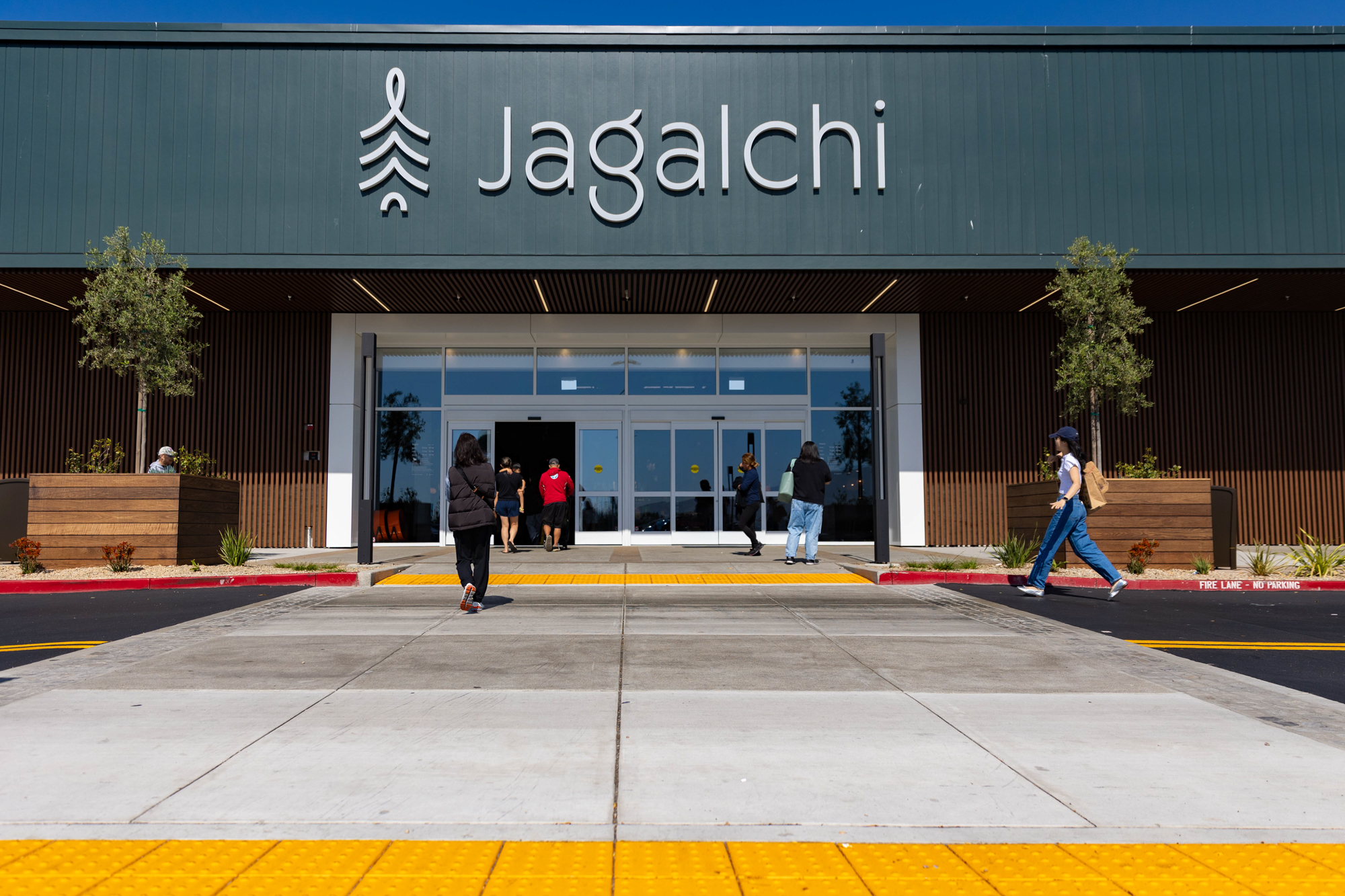
Now, Serramonte Center is hoping to pivot in the same direction as the small handful of Bay Area malls that are still thriving: It’s going all in on Asian food. Earlier this spring the mall welcomed Jagalchi, a glitzy Korean supermarket named after a famous fish market in Busan, sparking long lines in the spot where JCPenney once stood. And for the first time in a long time, it looked like there was hope for Serramonte to plot a comeback.
